20+ Years Experience
Specialist Shopfront Company

Are you considering roof cladding for your home or building? If so, it’s important to understand what roof cladding is, the different types available, the benefits it offers, and the factors to consider when choosing the right cladding for your property.
In this article, we will explore the various types of roof cladding, the advantages it provides, and the key factors to keep in mind when selecting the best option for your specific needs.
We will discuss the process of roof cladding installation, from preparation to finishing touches. Whether you’re looking to enhance the durability, weather resistance, energy efficiency, or aesthetics of your roof, this article will provide valuable insights to help you make an informed decision.
Contact us at Shop Front Company today to update your roof cladding.
Roof cladding refers to the external covering or protective layer that is installed on the roof of a building. It is designed to provide weatherproofing and insulation, as well as enhance the aesthetic appearance of the roof.
Roof cladding is a protective layer that is installed on the exterior of a roof to enhance its durability and weather resistance. It is available in various materials such as metal, PVC, and polyester, and comes in different types including galvanised box profile, and corrugated sheets. Cladding serves the primary purpose of safeguarding the underlying structure of the roof from environmental elements such as rain, snow, wind, and UV radiation.
Metal cladding is renowned for its robustness and longevity, making it suitable for diverse architectural styles. On the other hand, PVC cladding offers flexibility in design and a cost-effective solution for residential and commercial buildings. Additionally, polyester cladding provides excellent thermal insulation and is favoured for its low maintenance requirements.
Galvanized sheets are coated with a layer of zinc to prevent corrosion, making them suitable for industrial and agricultural structures. Box profile cladding features a modern and sleek appearance, while corrugated sheets are known for their strength and water-shedding properties, making them ideal for harsh weather conditions.
Roof cladding comes in various types, including metal, tile, slate, asphalt, wooden shingle, fibreglass, and concrete cladding. Each offers unique characteristics and visual appeal.
Metal roof cladding involves the use of hard-wearing and long-lasting materials such as steel, coated with various finishes including galvanised, PVC Plastisol, and polyester paint, to provide exceptional weather resistance and aesthetic appeal.
These coatings not only enhance the visual appeal of the roof but also contribute to its durability and longevity.
The galvanised coating offers high levels of corrosion resistance, making it ideal for areas with harsh weather conditions. Meanwhile, PVC Plastisol and polyester paint finishes provide additional protection against UV rays and weathering, ensuring the roof retains its charm over the years.
One of the key benefits of metal roof cladding is its ability to withstand extreme weather events, such as heavy rainfall, snow, and hail. This resilience makes it a popular choice for buildings in regions prone to severe weather.
The low maintenance requirements of metal roof cladding contribute to its cost-effectiveness over its lifespan, making it a wise investment for property owners.
Tile roof cladding offers a traditional and high-quality aesthetic, often achieved through the use of mica-coated materials and box profile roofing sheets. This provides a durable and visually appealing solution for roofing projects.
The mica-coated materials used in tile roof cladding not only enhance its visual appeal by imparting a subtle shimmer and natural variation, but also contribute to its durability and weather resistance. This makes it a popular choice for both residential and commercial properties.
The box profile roofing sheets used in this cladding system offer a classic and timeless look, while their high-quality finish provides long-lasting protection against the elements. This ensures that the roof maintains its aesthetic appeal for years to come.
Slate roof cladding offers a timeless and traditional appearance, making it an ideal choice for a wide range of roofing projects. It is available in various products and offers a classic aesthetic for diverse architectural styles.
One of the key appeals of slate roof cladding is its exceptional durability, as it can withstand harsh weather conditions and has a long lifespan, making it a cost-effective option.
Its natural texture and colour variations bring a unique charm to each installation, adding character and elegance to any property.
Slate roof cladding is highly versatile, suitable for both contemporary and heritage buildings, and adapts seamlessly to different slopes and shapes, allowing for intricate roofing designs.
Asphalt roof cladding is known for its exceptional weather resistance and low maintenance requirements, making it a popular choice for traditional and contemporary roofing projects that require long-lasting performance in diverse climates.
Its ability to withstand harsh weather conditions such as heavy rain, snow, and strong winds, is a key factor in its popularity. For homeowners and builders, this means peace of mind knowing that the roof can withstand the elements and maintain its integrity over time.
Asphalt roof cladding is relatively low maintenance, typically requiring only occasional inspections and basic cleaning to keep it in optimal condition. Its durability and easy upkeep make it a practical choice for both residential and commercial buildings.
Whether for a historic cottage or a modern office complex, asphalt roof cladding offers a versatile and reliable solution.
Wood shingle roof cladding offers exceptional durability, sustainability, and a natural aesthetic, making it an environmentally friendly and visually appealing choice for diverse roofing projects.
One of the key advantages of wood shingle roof cladding is its remarkable durability against the elements. When properly installed and maintained, these shingles can last for decades, providing a long-lasting roofing solution.
The use of renewable wood materials adds to its sustainability factor, making it an environmentally responsible choice. Beyond functionality, the natural appeal of wood shingle roof cladding effortlessly enhances the aesthetics of any building, creating a warm, inviting look that blends seamlessly with the surroundings.
Fibreglass roof cladding is characterized by its lightweight and translucent properties. This makes it an ideal solution for roofing projects that require natural light transmission and durable performance.
The lightweight nature of fibreglass roof cladding makes it suitable for various applications, such as industrial warehouses, agricultural buildings, and commercial structures. Its translucent feature allows for the diffusion of natural light, creating well-lit interiors and reducing the need for artificial lighting. This contributes to energy efficiency.
Along with its performance benefits, fibreglass roof cladding is available in a wide range of profiles and colours. This provides flexibility in design and aesthetics. This versatile product can be used for pitched and flat roofs, offering cost-effective and long-lasting solutions for different architectural styles and construction requirements.
Concrete roof cladding offers a strong and sturdy solution for roofing projects. With a diverse range of products that cater to various architectural styles and project requirements, it ensures long-lasting performance.
The strength of concrete roof cladding lies in its durability and ability to withstand harsh weather conditions. This provides unparalleled protection for buildings.
Its product range includes various profiles, textures, and colours, accommodating different design preferences. This makes it suitable for a wide array of construction projects, such as commercial buildings, residential homes, and industrial complexes.
Roof cladding offers a myriad of benefits, including exceptional durability, weather resistance, energy efficiency, and enhanced aesthetics. This makes it a valuable investment for both residential and commercial roofing projects.
With its durability and weather resistance, roof cladding can withstand harsh elements and protect your building for years to come. Its energy efficiency also helps reduce energy costs and enhanced aesthetics can improve the overall appearance of your property.
One of the key benefits of roof cladding is its exceptional durability. This provides long-lasting performance and reduces the need for extensive maintenance over time, resulting in cost savings for property owners.
This remarkable durability is attributed to the high-quality materials used in roof cladding, such as metal, zinc, copper, or aluminium. These materials are known for their resistance to harsh weather conditions, including UV exposure, heavy rain, snow, and hail. As a result, the roof remains intact and functional for decades.
The superior design and construction of roof cladding systems contribute to their ability to resist corrosion, rust, and degradation, further enhancing their longevity.
Roof cladding offers superior weather resistance, thanks to its protective coatings and traditional design, ensuring reliable performance in diverse climates and challenging environmental conditions.
The protective coatings play a crucial role in safeguarding the cladding from harsh elements, such as UV radiation, extreme temperatures, and moisture. By providing a durable barrier, these coatings enhance the longevity of the cladding and minimise maintenance requirements.
The traditional design of roof cladding incorporates tried and tested materials, contributing to its resilience against wind, snow and rain. These attributes make it a versatile choice for residential, commercial and industrial projects, offering long-term protection and aesthetic appeal.
Roof cladding contributes to energy efficiency by providing high-quality insulation and traditional design that regulates indoor temperatures, reducing the reliance on heating and cooling systems for better energy conservation.
The high-quality insulation offered by roof cladding helps minimise heat loss during cold seasons and prevents excessive heat entry during warmer months, resulting in reduced energy consumption.
Its traditional design also enhances thermal performance, creating a barrier against external elements and maintaining a comfortable indoor environment.
This sustainable approach not only saves energy but also promotes a more eco-friendly living space, aligning with the growing emphasis on environmental responsibility and greener construction practices.
As a result, property owners can benefit from lower utility bills and a reduced carbon footprint, making roof cladding an effective solution for long-term energy efficiency.
Roof cladding enhances the aesthetics of properties with its diverse range of products and visual appeal, offering a customisable solution that complements architectural styles and project requirements.
Whether it’s sleek metal panels that provide a modern look or textured tiles that exude a timeless charm, roof cladding elevates the overall appearance of buildings.
The diversity in materials, colours, and finishes enables architects and homeowners to achieve their desired design objectives. From residential homes to commercial structures, the adaptability of roof cladding makes it an ideal choice for a wide spectrum of projects.
Roof cladding selection involves careful consideration of various factors, such as climate suitability, budget constraints, maintenance requirements, and compatibility with the building’s architectural style. This ensures an optimal choice for the project.
The climate of the project location plays a crucial role in determining the suitable roof cladding, as it should offer effective weather resistance and traditional design elements that align with the environmental demands of the area.
Roof cladding selection is influenced by various climatic factors, including temperature variations, precipitation levels, and wind speeds.
In areas prone to heavy rainfall, weather-resistant materials such as metal roofing or concrete tiles are often preferred, as they provide enhanced protection against water penetration.
Similarly, regions with extreme temperature fluctuations may benefit from claddings with superior insulating properties, such as traditional thatched roofing, which offers natural thermal regulation.
Budget considerations are essential when choosing roof cladding, as it is important to select cost-effective options that align with the project’s financial constraints, without compromising on quality and performance.
Roof cladding serves as a protective shield for a building’s structure, and its role cannot be overstated.
In the realm of construction, the variety of cladding materials and systems available in the market cater to diverse project requirements. This offers a wide range of options from metal, asphalt, to a range of composite materials. Each option comes with its unique properties, durability, and application suitability, presenting a viable solution for builders and homeowners alike.
Assessing the maintenance requirements of roof cladding is crucial, as it is favourable to choose long-lasting materials with protective coatings that minimise the need for extensive upkeep, ensuring sustainable performance over time.
Choosing durable and protective materials for roof cladding can greatly reduce maintenance costs and frequency for property owners. Options like metal roofing or innovative composite panels offer strong resistance against weathering, corrosion, and UV radiation, resulting in a longer lifespan for the roof.
Adding protective coatings further enhances the cladding’s resilience, providing an extra layer of defence against environmental elements and preventing premature deterioration. This approach not only improves the building’s long-term performance but also aligns with sustainable construction practices.
The architectural style of the building should be considered when selecting roof cladding. This ensures that the chosen materials and aesthetic appeal are compatible with the property’s design elements and project requirements.
For example, a traditional Georgian-style property might benefit from slate roof tiles, adding a timeless elegance to the structure. In contrast, a contemporary building with clean lines and modern design features could be complemented by metal standing seam roof cladding, creating a sleek and minimalist appearance.
It’s essential to evaluate the durability and weather resistance of the cladding material in relation to the regional climate and environmental factors. The cost-effectiveness and sustainability of the chosen roof cladding should align with the overall goals of the construction project.
The installation process of roof cladding involves thorough preparation, precise installation techniques, and attention to finishing touches. It also requires the utilization of essential components such as flashings, fixings, and accessories for a complete and durable installation.
The preparation phase of roof cladding installation involves a comprehensive site survey, accurate measurements and project assessment to ensure the suitability of the chosen materials and seamless integration within the existing roofing structure.
During the site survey, it is imperative to assess the environmental conditions. This includes exposure to wind, rain and sunlight, as they can impact the performance and longevity of the roof cladding.
Accurate measurements are crucial for determining the quantity of materials needed and ensuring a precise fit. Project assessment involves evaluating the structural integrity of the roof, identifying any potential issues and planning for effective solutions. This meticulous preparation sets the foundation for a successful roof cladding installation that enhances both the aesthetics and functionality of the building.
The installation of roof cladding requires precise techniques and attention to detail, ensuring that the chosen materials are applied in a manner that enhances their performance and visual appeal, catering to the diverse range of project requirements.
One essential aspect of roof cladding installation is the preparation of the substrate. It should be clean, dry, and free from any protrusions, ensuring a smooth and even surface for the cladding material.
The installation of weather-resistant barriers is crucial to prevent moisture infiltration and maintain the integrity of the roofing system.
Proper fastening techniques are paramount to the longevity and stability of the cladding system. Whether using screws, nails, or other fasteners, they should be strategically placed according to manufacturer guidelines, considering wind uplift and load distribution.
The finishing touches in roof cladding installation involve the strategic placement of flashings, durable fixings, and essential accessories, ensuring a complete and secure installation that enhances the overall performance and longevity of the cladding system.
Flashings play a crucial role in directing water away from vulnerable areas, such as edges and joints, preventing potential leaks and water damage. Properly positioned flashings create a watertight seal, safeguarding the structure against moisture infiltration.
Durable fixings, such as screws and fasteners, provide stability and strength to the cladding, securing it firmly to the underlying substrate and withstanding environmental forces, such as wind and thermal expansion.
The inclusion of essential accessories, such as ridge caps and gutter systems, complements the cladding system, contributing to its aesthetic appeal and functionality. These elements ensure proper drainage and ventilation, enhancing the overall performance and appearance of the roof.
There are a range of other services that we can provide. Have a look at the list below for more information:

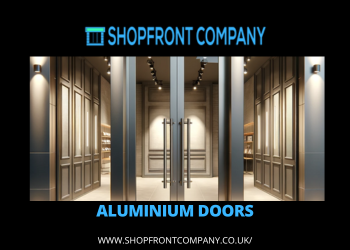
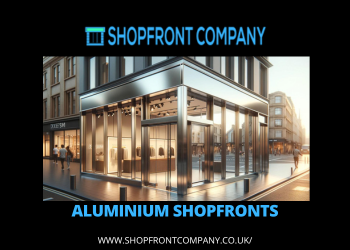
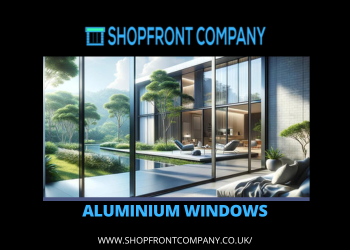

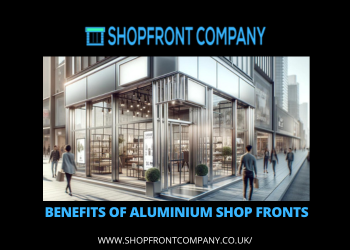
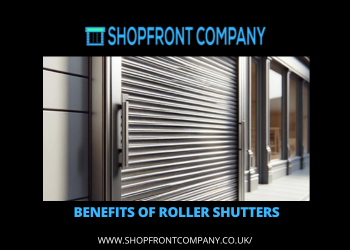


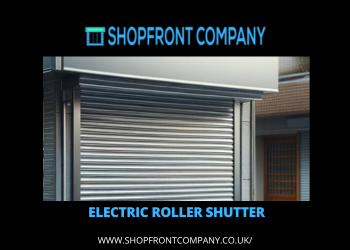

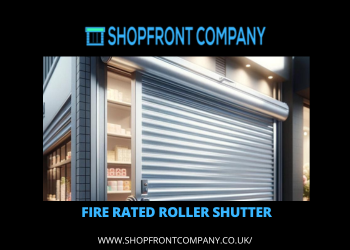
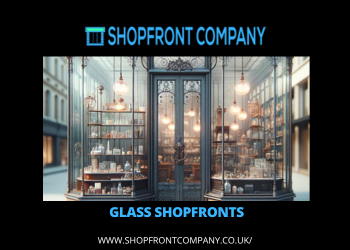
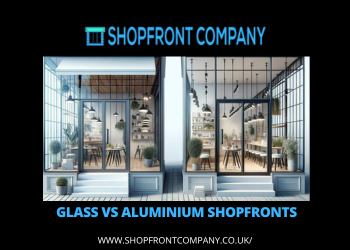
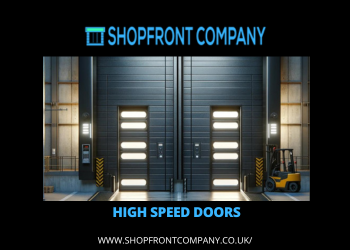
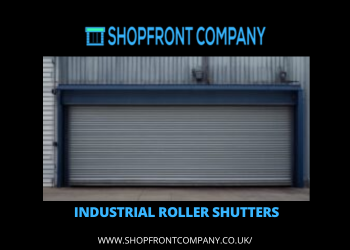
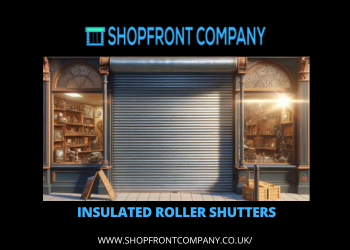
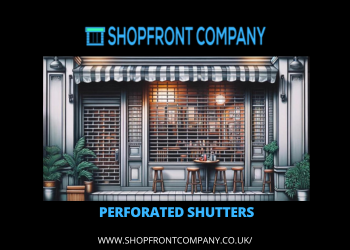
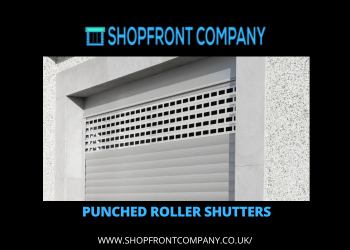
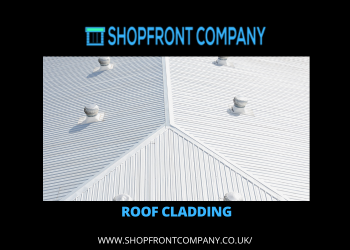
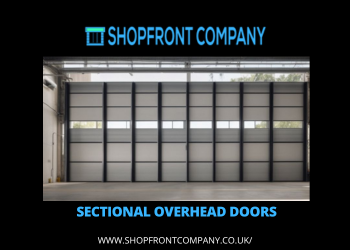

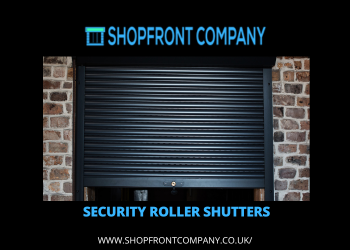


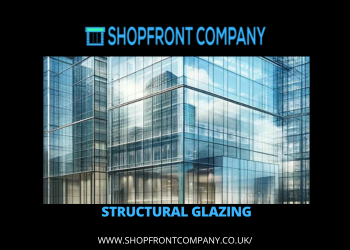
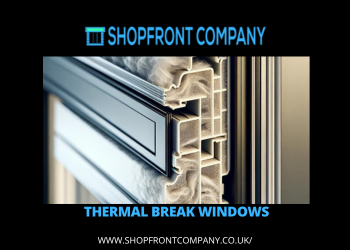
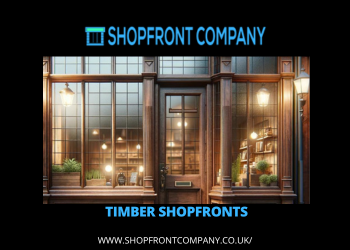
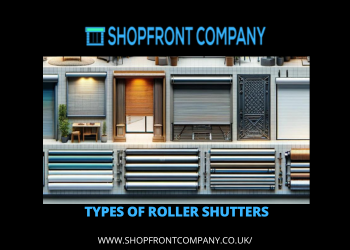
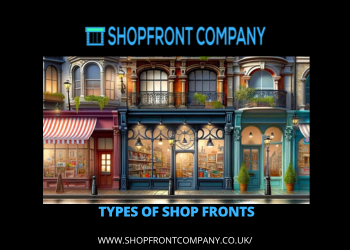
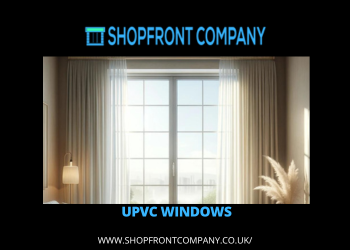
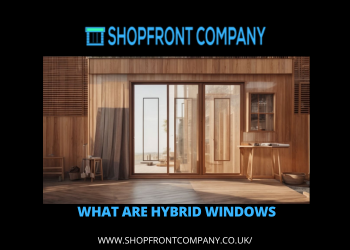
We Aim To Reply To All Enquiries With-in 24-Hours